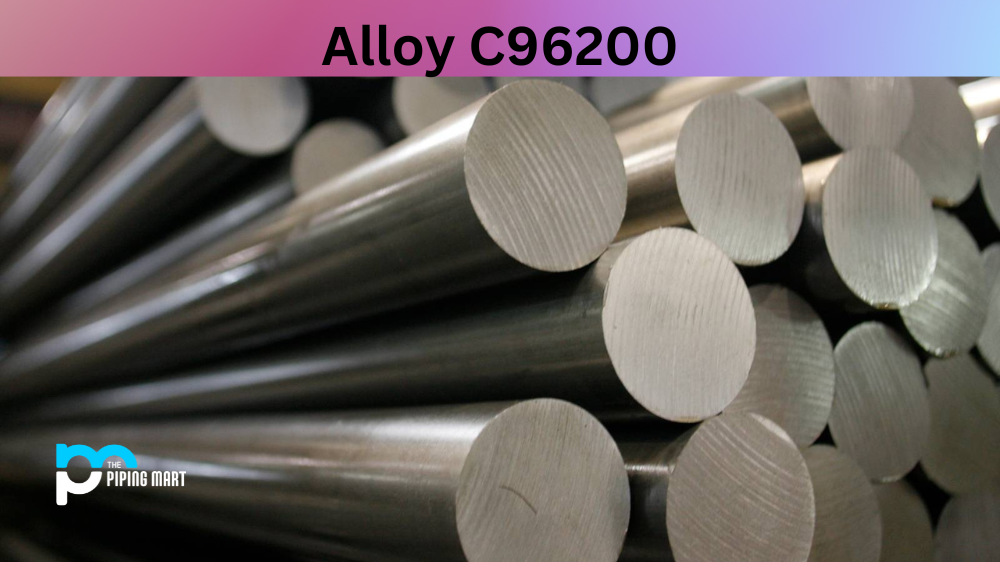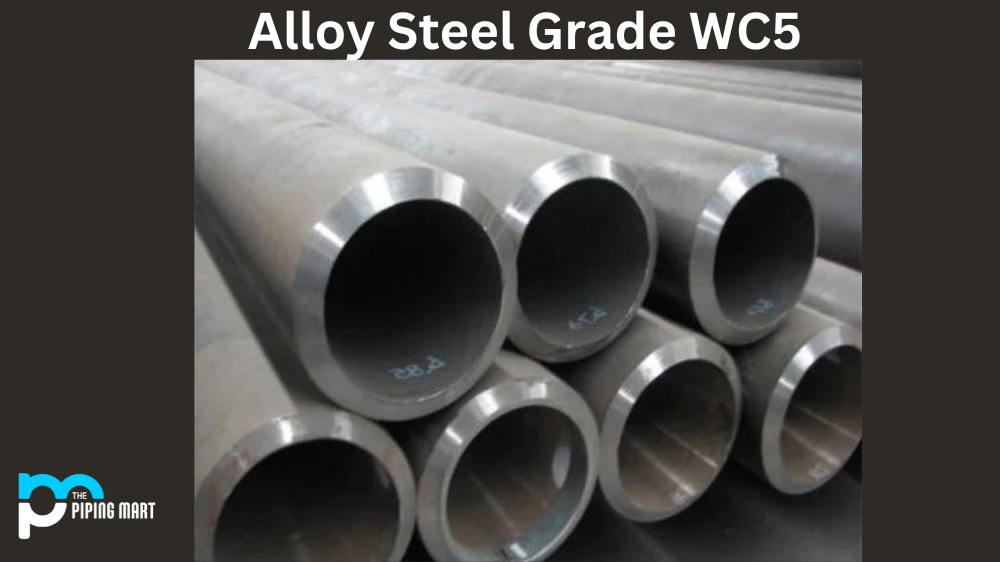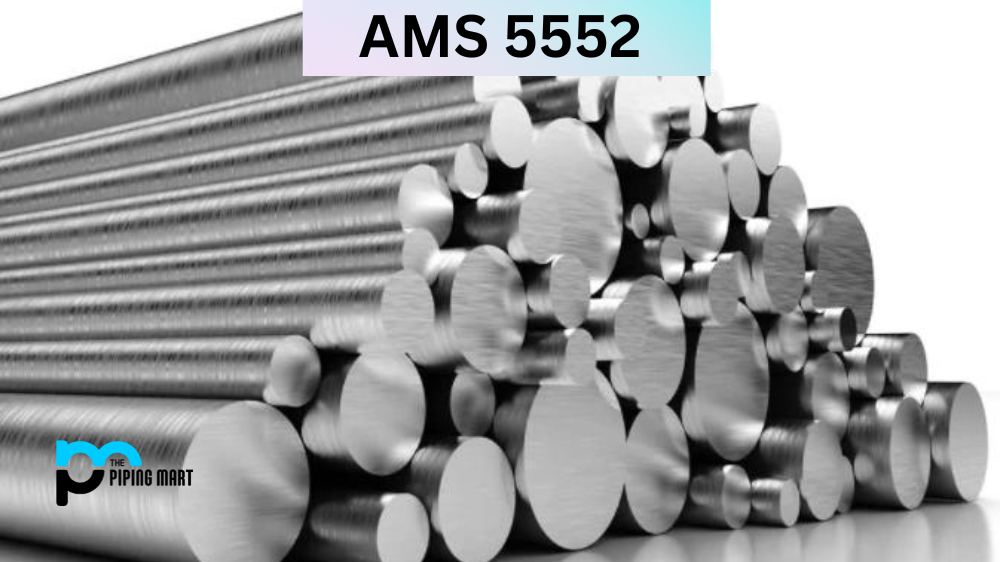When it comes to choosing the right material for a specific application, the properties and characteristics of the material play a significant role. Alloy C96200 is a popular material that is utilized in many different industries. This blog post will closely examine what this alloy is, its composition, physical and mechanical properties, uses, hardness, heat treatment, welding abilities, and corrosion resistance.
What is Alloy C96200?
Alloy C96200 is a high-performance alloy commonly used to manufacture valves, fittings, and pressure vessels. It is a copper-nickel alloy that contains about 35% nickel and around 1.5% iron. The alloy also has a small amount of manganese and silicon. This alloy is known for its outstanding thermal conductivity, high strength, and excellent corrosion resistance.
C96200 Composition
The alloy is composed of 35% nickel and 1.5% iron, a small amount of manganese and silicon, and the remaining made up of copper. The high nickel content contributes to its excellent corrosion resistance and ability to handle high-pressure applications.
| Element | Content (%) |
|---|---|
| Cu | 88.6 |
| Ni | 10 |
| Fe | 1.4 |
C96200 Physical Properties
Alloy C96200 has a density of 8.94 g/cm³, a melting point of 1225°C, and a specific heat capacity of 385 J/kg°C. It has a thermal conductivity of 38 W/m°C and a coefficient of thermal expansion of 17.4 µm/m°C. It is also non-magnetic and exhibits excellent electrical conductivity, making it a popular choice in electrical applications.
C96200 Mechanical Properties
The mechanical properties of Alloy C96200 include its high strength, excellent toughness, and resistance to wear and tear. It has a tensile strength of 689 MPa and a yield strength of 100 MPa. The alloy has a high level of flexibility and excellent work-hardening properties.
| Properties | Metric | Imperial |
|---|---|---|
| Compressive strength | 255 MPa | 37000 psi |
| Tensile strength | ≥ 310 MPa | ≥ 45000 psi |
| Yield strength | ≥ 172MPa | ≥ 24900 psi |
| Elongation at break | ≥ 20.0% | ≥ 20.0% |
| Machinability | 10 | 10 |
| Charpy impact | 135 J | 99.6 ft.lb |
| Fatigue strength | 89.6 MPa | 13000 psi |
| Elastic modulus | 117 GPa | 16969 ksi |
| Poisson’s ratio | 34 | 34 |
C96200 Equivalents
- ASTM B30
- ASTM B369
- MIL V-18436
- QQ C390
- SAE J461
- SAE J462
C96200 Uses
Due to its excellent corrosion resistance, high thermal and electrical conductivity, and strength, Alloy C96200 is commonly used to manufacture valves, fittings, and pressure vessels. It is also used in the construction industry and is utilized in manufacturing pipes, heat exchangers, and condensers.
C96200 Hardness
The hardness of Alloy C96200 is typically measured using the Rockwell B scale, which ranges from 55 to 86. This range is dependent on whether the alloy has been heat-treated or not. In addition to the Rockwell B scale, other hardness measures, such as Brinell and Vickers hardness, are compatible with the alloy.
C96200 Heat Treatment
Heat treatment is often employed to modify this alloy’s mechanical and physical properties. The heat treatment involves heating the alloy to a specific temperature and then quenching it in water or oil to achieve the desired properties, such as increased strength or flexibility. After satisfying, the alloy is tempered to improve its toughness and flexibility.
C96200 Welding
The welding of Alloy C96200 is possible using standard welding processes such as Tungsten Inert Gas (TIG), Metal Inert Gas (MIG), and Shielded Metal Arc Welding (SMAW). It is important to note that welding may alter the mechanical and physical properties of the alloy.
C96200 Corrosion Resistance
One of the critical properties of Alloy C96200 is its excellent resistance to corrosion, particularly in seawater environments. The high nickel content and copper composition make it highly resistant to the effects of seawater, protecting it from pitting and crevice corrosion.
Conclusion:
Alloy C96200 is a copper-nickel alloy renowned for its excellent corrosion resistance, high strength, and electrical conductivity. Its various properties make it ideal for a wide range of applications, especially in manufacturing valves, fittings, pressure vessels, and the construction industry. Understanding this alloy’s physical and mechanical properties is important in making an informed decision on its suitability for a particular application.

Abhishek is a seasoned blogger and industry expert, sharing his insights and knowledge on various topics. With his research, Abhishek offers valuable insights and tips for professionals and enthusiasts. Follow him for expert advice on the latest trends and developments in the metal industry.




